Here’s How to Help Girls Thrive in STEM Today
A MiddleWeb Blog

Becky was tough and she persisted. She did well in her classes and graduated with a mechanical engineering degree. Then she interviewed for jobs and – guess what?
No company wanted to hire a female engineer. (According to one company, they couldn’t hire her because they had no restrooms for girls.) Again, Becky persisted, landed a job at Redstone Arsenal, and went on to be a successful engineer.
Here we are 50 years later, and persistent pioneers like Becky continue clearing paths that open doors for girls and women today.
So, how’s it going with girls and young women in STEM coursework and careers now?
It depends on who you ask
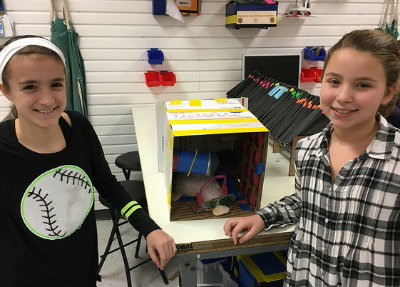
Studies still report incidents of today’s young women in STEM careers facing unfriendly workplaces, lower salaries, and delayed promotions. Such working conditions sometime drive them to other professions or prevent them from entering STEM careers to begin with.
Whatever the situation, the fact remains that some of our STEM fields are in real need of more workers, and the U.S. is not producing enough qualified workers to fill the demand. Girls would help fill that gap and lend a female perspective to much of the work being done.
But, you say, we work with middle schoolers. How can we help?
Elementary and middle school teachers are on the ground floor of preparing students for future careers. Our kids need academic preparation, social skills, leadership skills, and critical thinking skills that prepare them to be productive parents, workers, and citizens – no matter what their career interests. Here are three areas we can focus on!
1. Academic and social preparation
Some studies suggest that girls are not academically prepared to take STEM coursework in college when they graduate from high school. (Actually, most studies suggest that all students need better academic preparation.) Girls begin to lose confidence in their STEM capabilities in middle school. They believe that boys possess more skill in technical fields.
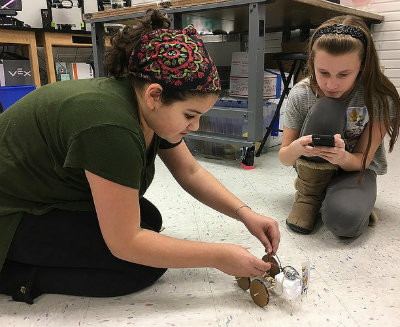
For middle school educators, that means we need to provide girls with explicit encouragement in science, math, and technology – and mentor them as needed to overcome negative social and cultural influences. (Note: According to a 2016 report of the National Girls Collaborative, girls and boys are equally able to handle STEM coursework and achieve at the same levels in those classes.)
Another way to help your girls be ready to enter STEM fields is to help them make the right middle school academic choices. Be sure your middle school girls know what academic background they need to prepare for STEM careers. Then help them develop a plan so they take the right coursework in high school to make these possibilities a reality.
2. Leadership and critical thinking
Build girls’ interest in STEM careers. As children, a lot of girls show a great deal of interest in living things. This is likely at least partly biological, but not exclusively. (I know a brilliant young STEM woman who insists that “girl toys” were her only option as a child, and she was forbidden to help her father and brother fix machinery.)
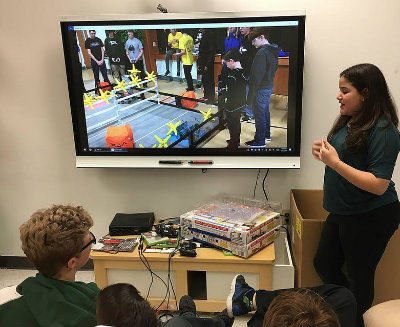
Your girls also need ongoing positive middle school STEM experiences to keep them immersed and interested. Without continual involvement they will loose interest and may drift away from STEM curriculum in high school.
One way you can build your girls’ leadership skills is to combat the victim mentality that may appear when they become aware that females have been treated unfairly. You might post for all students this quote by Steve Maraboli that I paraphrase
When working with your girls, don’t dwell on women’s struggles in the workplace in ways that build resentment. Empower your girls with understanding of their own skills, strengths, and opportunities. Give them opportunities for problem-solving, teamwork, and critical thinking so that they can make the right career choices for themselves.
3. Engagement in STEM opportunities
You’ve probably read dozens of articles on girls’ participation in STEM subjects. I’ve written a couple of posts on the topic here and here. Here’s an article to give students some information and prompt them to start thinking about the kinds of creative jobs available to them as engineers.
GoodCall has recently posted an article, Some Successful Approaches to Keep Girls in STEM, that describes terrific ideas for girl-empowering STEM activities. You might be able to initiate some similar type programs for your middle schoolers. Just be sure that you design activities that can embrace all types of ethnicities.
Here are some key program components to keep in mind:
- Girls should gain confidence in their technical skills. The program should involve computer programming, electronics, computer-aided design, and even machining. If you have a CTE program in your school or district, you might work with the teacher of that course to design such a program.
- Include programs that engage girls in solving real problems, in effective communication, and in successful teamwork. Make the projects a collaborative effort.
- Personally invite girls to join the program and recruit girls to join in groups. For girls, there’s often safety in numbers.
- Bring in women in STEM roles and invite them to talk with your girls. Be choosy in who you select and explain that they are not coming to itemize what their job entails (or discourage anyone), but to excite girls about the possibilities of working in a STEM field.
Another good read on this topic is Denise Cummins’ article, Why the STEM Gender Gap Is Overblown. According to Cummins, women are clearly capable of doing well in STEM fields traditionally dominated by men, and they should not be hindered, bullied, or shamed for pursuing careers in such fields. But keep in mind – some girls’ interests lead in different directions, and that’s okay, too.
Girl Power! Help your girls believe in themselves.
Race and ethnicity are other important considerations as we work to interest students in STEM studies. For example, Hispanics, blacks, and American Indians are significantly underrepresented. The good news? Girls within minority groups have been making advances in STEM at the same rate as all girls during the last two decades.
Photos credit: Kevin Jarrett
___________________
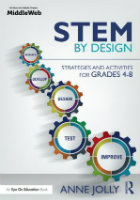


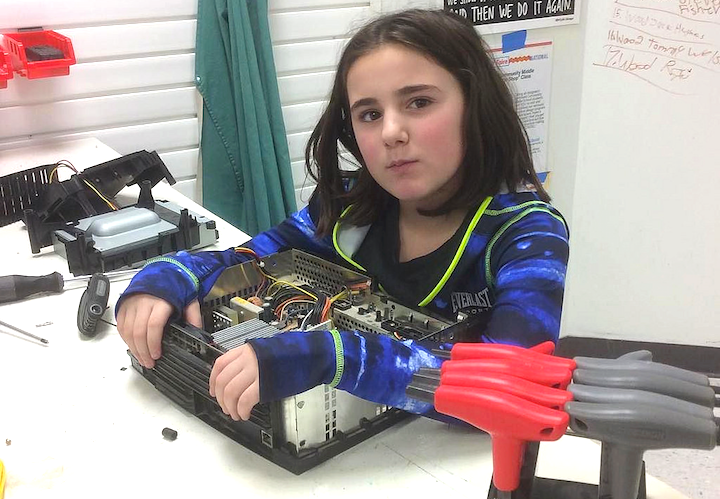

































great article here are some resources.
-http://www.girlscouts.org/content/dam/girlscouts-gsusa/forms-and-documents/about-girl-scouts/research/generation_stem_full_report.pdf
https://www.energy.gov/diversity/listings/women-energy
https://women.nasa.gov/
Thank you for those resources, Joshua! I wasn’t familiar with the women@energy information. Good find! The Girl Scouts report and the NASA site are terrific resources that I’ve used before. I appreciate your sending these.
If you run across any info on boys in STEM, I’m looking for specific ways we might also help boys turn their energy into productive STEM channels.
ALL OF THIS! Thank you for the great encouragement for my Robotics team, myself, and the amazing group of middle school #stemgirls I get to hang with weekly : )